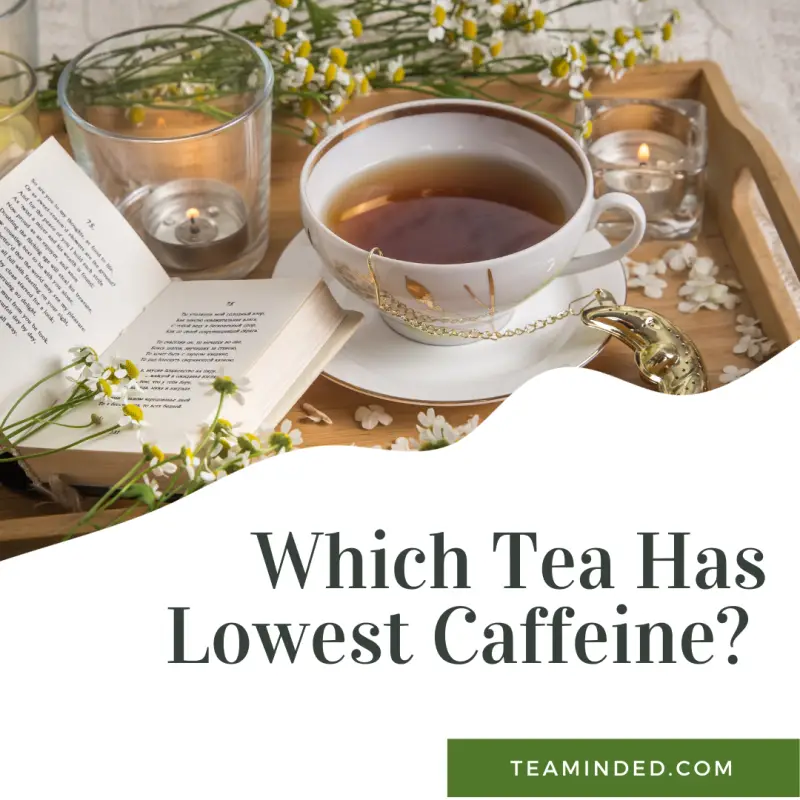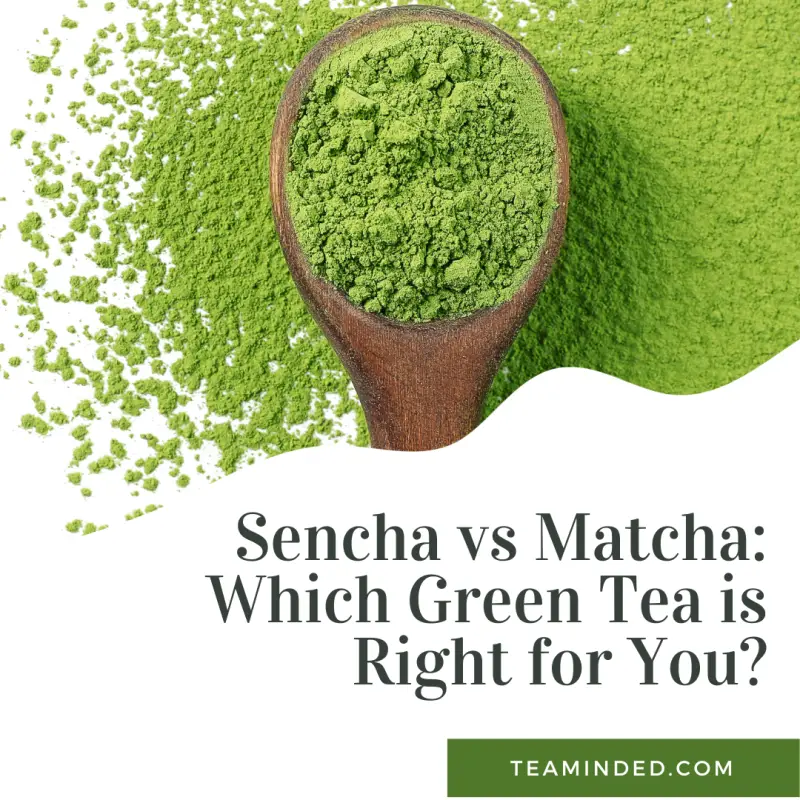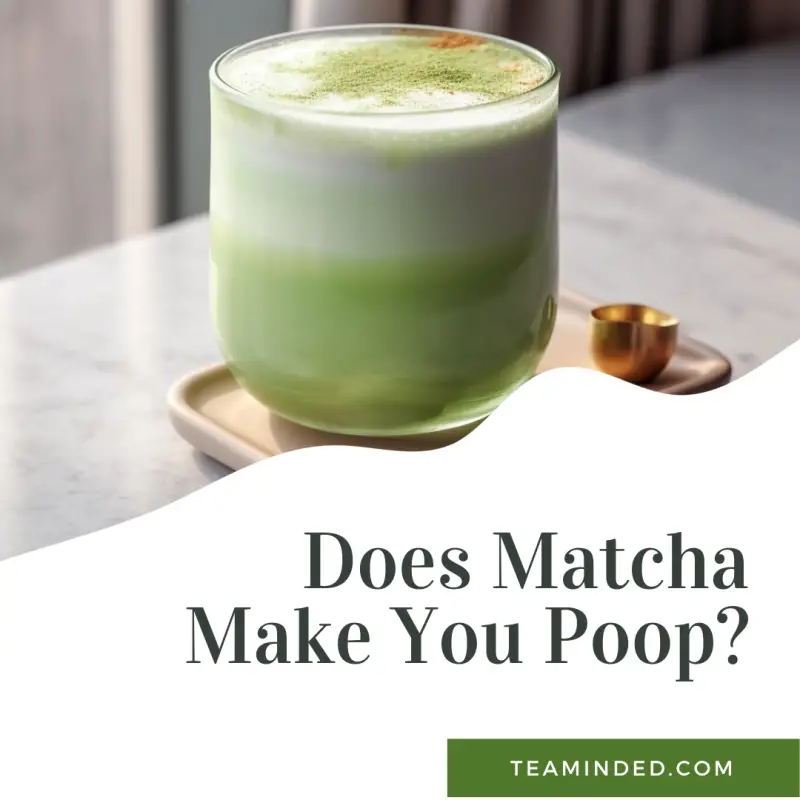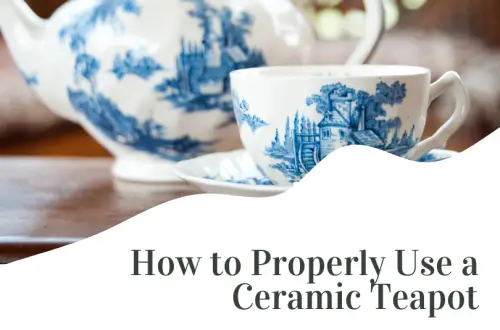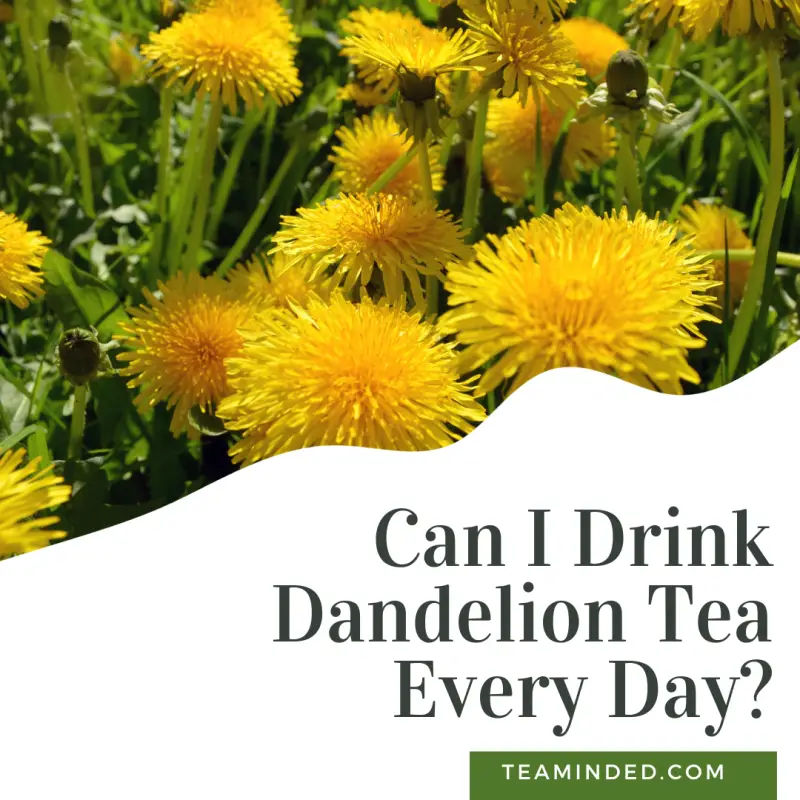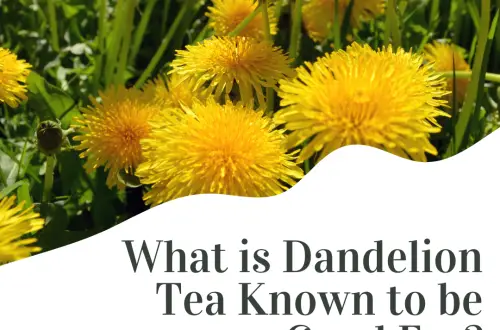When considering a comforting cup of tea with minimal caffeine, various options are available to suit your preference. It’s important to understand that all teas derived from the Camellia sinensis plant contain some level of caffeine, but certain types have less than others. For those keen on enjoying the essence of tea without a significant caffeine boost, knowing which varieties to choose is essential.
Factors like the part of the plant used, processing techniques, and brewing methods all contribute to the caffeine content in your tea. It’s noted that teas made from leaves have higher caffeine levels compared to those made predominately from stems, such as Kukicha. White teas are generally recognized for their low caffeine levels, although this can vary due to specific processing methods. Additionally, herbal infusions, which are not true teas, typically have negligible to no caffeine, making them a go-to choice for those seeking to minimize caffeine intake.
Quick Navigation
Key Takeaways
- Several tea varieties offer low caffeine options for those looking to reduce their intake.
- White tea and specific green teas like Kukicha are among the teas with the lowest caffeine content.
- Herbal teas, not derived from Camellia sinensis, usually contain little to no caffeine.
Overview of Caffeine in Tea
When you’re exploring the world of tea, understanding caffeine content is crucial. The caffeine in tea can vary widely depending on the type of tea, the part of the plant used, and how it’s processed and brewed. Essentially, caffeine is a natural stimulant found in the leaves of the Camellia sinensis plant, which is the source of black, green, oolong, and white teas.
Here’s a breakdown of caffeine levels in different tea types provided by Nio Teas:
- White Tea: Often contains low amounts of caffeine, especially if the leaves are more mature. However, white tea made from just the buds can have higher levels.
- Green Tea: A broad category where caffeine content can range from low to high. Shaded green teas like Gyokuro tend to have more caffeine (source: The Whistling Kettle).
- Oolong Tea: Generally falls in the middle range for caffeine content.
- Black Tea: Typically has higher caffeine levels, but teas like Lapsang Souchong, made from older leaves, can be on the lower end.
You should also note that herbal teas, which are not derived from the Camellia sinensis plant, are naturally devoid of caffeine. These beverages, made from herbs, flowers, and spices, are an excellent choice if you’re looking to avoid caffeine altogether (source: Chinese Teas 101).
Ultimately, several factors, such as the age of the leaves and the cultivation methods, affect the caffeine content in your tea. It’s important to look beyond just the type of tea, as these details can significantly influence your tea’s caffeine level.
Low-Caffeine Tea Varieties
When exploring teas with lower amounts of caffeine, you’ll find varieties such as white tea and herbal tea sit at the spectrum’s milder end.
White Tea
White tea is known for its delicate flavors and its position as the tea with traditionally the lowest caffeine content among true teas from the Camellia sinensis plant. An example is the Baihao Yinzhen, also known as Silver Needle, which is made exclusively from the unopened buds of the tea plant. Its caffeine content can be particularly low when the leaves are mature.
Herbal Tea
Herbal teas, which are not true teas but rather infusions of other plants, naturally contain no caffeine. Choices like peppermint, chamomile, and rooibos are popular for their soothing properties and are completely caffeine-free. These are great options if you’re looking to eliminate caffeine intake altogether.
Factors Affecting Caffeine Content
When selecting a tea with the lowest caffeine content, consider the tea type, how it’s brewed, and the processing of the leaves. These elements substantially influence the resulting caffeine levels in your cup.
Tea Type
Different types of tea naturally contain varying amounts of caffeine. White tea is often recognized for having the least caffeine content, but this can vary significantly. For instance, some shade-grown green teas like Gyokuro often have higher caffeine levels due to their unique cultivation conditions.
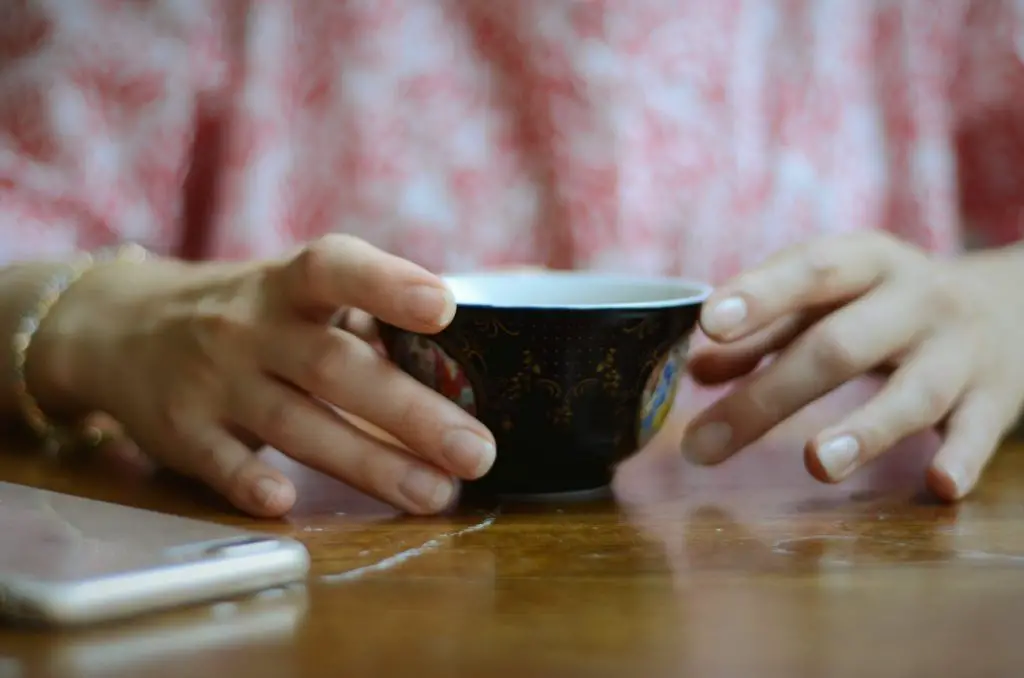
Brewing Time
The length of time you steep your tea also affects the caffeine content in your brew. A shorter brewing time can result in a less caffeinated cup. Make sure to follow recommended brew times; for example, steeping green tea for fewer minutes can reduce caffeine extraction while preserving flavor.
Tea Leaf Processing
How the tealeaves are processed plays a significant role in the caffeine levels. The more a tea leaf is oxidized, the higher the caffeine content tends to be. Black teas are fully oxidized, hence they generally contain more caffeine than less oxidized teas, such as green or white teas. Additionally, powdered teas such as matcha may have higher caffeine concentrations since the entire leaf is consumed in powdered form.
Health Considerations of Low-Caffeine Tea
When you choose low-caffeine teas, you’re opting for a beverage that may be gentler on your body, particularly if you’re sensitive to caffeine. White tea is often suggested as the tea with the lowest caffeine content, though the exact amount can vary. It’s important to consider the brewing time and the temperature, as these factors can influence the caffeine levels.
Herbal teas, such as chamomile, peppermint, hibiscus, and rooibos, are naturally caffeine-free and can be a soothing alternative if you aim to avoid caffeine entirely. They offer various health benefits without the stimulation that comes from caffeine.
For those mindful of their heart health, lower caffeine options may be preferable. While some studies indicate that black tea may be associated with a lower risk of heart attack, moderation is key, especially for individuals who might be affected by caffeine’s impact on blood pressure.
Here are a few points to keep in mind when selecting low-caffeine teas:
- Processing: The way tea is processed can affect its caffeine content.
- Variety: Genmaicha, a blend of green tea and toasted rice, is known for its lower caffeine levels.
- Herbal Options: Non-caffeinated herbal teas offer relaxation without affecting your caffeine intake.
Remember, your body’s response to caffeine is personal. Monitoring how you feel after drinking tea is essential in making the right choice for your health. If you have specific health concerns, consulting with a healthcare provider is recommended.
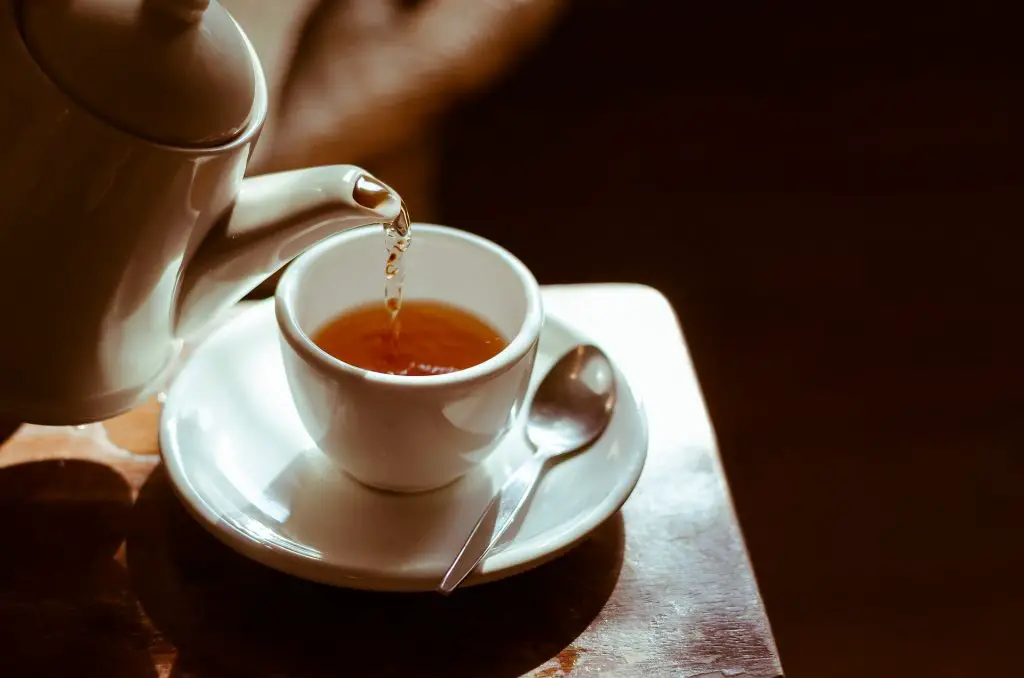
Brewing Techniques for Lowering Caffeine
When you’re looking to enjoy tea with less caffeine, how you brew your tea can make a significant difference. Here are some techniques to help you minimize the caffeine content in your cup:
- Shorter Brewing Time: Steeping your tea for a limited time reduces caffeine extraction. For example, brewing for 30 seconds to a minute can notably decrease the caffeine level compared to the usual brewing time of two to three minutes.
- Lower Water Temperature: Using cooler water can also help. Since caffeine is more soluble at higher temperatures, avoid boiling water and opt for water between 160 to 180 degrees Fahrenheit when preparing less caffeinated tea.
- Preliminary Rinse: A rinse of the tea leaves before the actual steeping can wash away some of the caffeine. Simply pour hot water over the leaves, swirl for a few seconds, and discard the water before the regular brewing.
- Use More Water: Increasing the water-to-tea ratio ensures a more diluted tea and consequently lower caffeine levels.
- Choose Larger Leaves: Typically, tea leaves that are larger and less processed release caffeine more slowly than smaller, cut leaves, leading to a less intense brew.
Remember, these methods won’t eliminate caffeine entirely but can help reduce its presence in your tea.
Here’s a table summarizing the techniques:
| Technique | Action | Effect on Caffeine |
|---|---|---|
| Shorter Brewing Time | Brew 30s to 1min | Reduces caffeine extraction |
| Lower Water Temperature | Use water 160-180°F | Slows caffeine release |
| Preliminary Rinse | Rinse and discard water | Washes away some caffeine |
| Use More Water | More water per amount of tea | Dilutes caffeine |
| Choose Larger Leaves | Opt for whole or large leaf tea | Decreased caffeine release |
Conclusion
Keep in mind that herbal teas are completely free from caffeine. If you’re looking for a tea that has a low amount of caffeine, drink lightly oxidized, regular teas and brew them for a short time. This will decrease the caffeine content and allow you to keep drinking the tea you want.
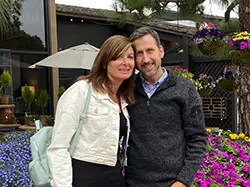
Scott is the founder of TeaMinded. He enjoys tasting and discovering teas from across the globe, with green teas and ceremonial matcha from Japan being among his favorites. He’s grateful to be immersed in the tea community, always learning and sharing along the journey.

